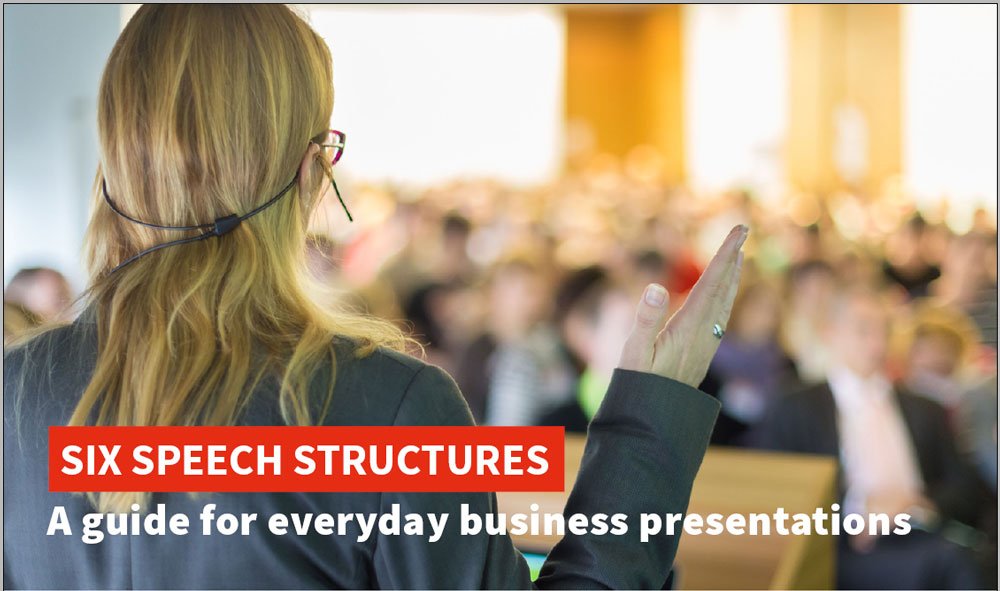How to… Be Mesmerising


As a presenter, you have one simple goal: get information which is in your brain into those of your audience. So that they feel, think, or do something differently. Your success as a presenter can only be measured according to your ability to change people’s minds, give them new information, or get them to act in a different way, had you not presented to them.
Yes, entertaining presentations are more effective than dull ones. Yes, ones with great slides are more arresting than ones without. And yes, presentations with one key burst of passion and climax are more likely to achieve this goal than ones with multiple flourishes.
But these are all enablers: they will help you achieve your goal of thought-transfer. But they are not goals in themselves. Your one and only goal is the transfer of ideas, concepts, information, or action from your head to theirs. Anything that supports this: great. Anything that gets in the way: not so great.
To do this, you need to control the process. You need to map out a neural pathway that will take people’s brains on a journey from where they are now, to where you want them to be. And you need to control that process to ensure there are no distractions.
In effect, you need to be like a car navigation system, tracking where your audience is, and what it takes to get them to the next step. Rerouting if you go wrong.
In short: not only do you need to mesmerise people with your delivery, but you also need to be like Franz Mesmer and weave a little bit of hypnotic, mesmeric, mind control on how people are thinking, and take charge of their brains, so that you can rewire them appropriately.
How do you do this? How do you be mesmerising? (In both senses of the word.)
Look deep into my eyes and count slowly backwards from four. Because there are four principles you can follow:
- Focus
- Linearity
- Proximity
- And when I click my fingers you will wake up!
1) Focus
The first key principle of mind control is the single point of focus concept. This was taught to me by Nick Fitzherbert in London, who is not only a presentation skills expert, but also a member of the UK’s Magic Society. He shared with me one of the tricks that magicians use which is about making sure you are focusing your audience’s attention in one place and one place only. This is so magicians can do some sleight of hand elsewhere! As presenters, we’re not going to do that, but we are going to make sure that your eyes (and therefore your brain) are focused on what we want you to focus on.
Here are some practical tips to achieve that:
- Remove distractions. If you need your audience to focus on what you saying, make your screen go blank so that they can only focus on your face and have no slides to look at.
- Decide in advance if you want your audience to be looking at you, or your slides. Then structure your presentation accordingly. Don’t let your slides compete for attention with you. (See Linearity.)
- Put a couple of blank sides at the end of your presentation so that the screen doesn’t default to your desktop and a picture of your dog. Or worse:
In essence, this rule is quite simple: give your audience one thing to focus on at a time.
My car’s navigation system gives me one instruction at a time and then waits until I ‘get it’ before moving on to the next one.
2) Linearity
The second key point is about sequencing: by presenting things in a linear and logical order you will be more likely to get people to do what you need them to. This not only means no dead ends or side channels but also controlling the flow of information so that your audience can’t skip ahead and get to the punchline early.
An easy way to wreck linearity is to put a slide up on the screen and then proceed to talk through it. What happens is that people read faster than you can talk so they are reading down to the last part of the slide while you are still talking about the top. In effect, you are competing with your own slides for attention.
An easy way to achieve linearity is to give your audience’s brains only one thing to deal with at a time. One key concept per slide, or use builds for your bullet points, or shut up and let the audience process your slides while you remain quiet.
Give your audience a chance to process what you have told them before moving on. Remember: you have been working on your slides for many hours and are an expert in your topic; so you know what’s coming and what it is all about. But your audience doesn’t. Give them a chance and ensure that they have ‘caught up’ to you before moving on. Otherwise you risk parallel tracks: while you are talking about point 2, they are still thinking about and processing point 1.
3) Proximity
Proximity is the third principle. In a literal and a metaphorical sense.
Literally – You will be more likely to achieve your goal if you keep your audience’s attention moving slowly from one point to another and giving them clear directions on where to look next. It will be easier for them to change their focus point if the next one is near to the previous. This means keeping things close to each other.
Some tips to help you do this:
- If presenting at a table, make sure you sit with the screen behind you so that your audience can look at you and the screen at the same time.
- When using props, hold them up to your head, so that people can look at your talking face and the prop at the same time and don’t have to swivel back and forth.
Metaphorically – Proximity is a key psychological tool in influencing people and controlling their attention. Your audience will be more likely to accept a concept if it is near to something else they know, or just outside (but only just) their comfort zone. In other words, it is proximate to something they already know, and builds on existing knowledge. By starting on common territory for them you will get them in a positive frame of mind (saying, “yes, yes, yes” to each of your points); then you can move them into unfamiliar territory.
My car navigation system always starts from a point I know (ie. where I am now) before driving me off into unfamiliar territory.
4) And when I click my fingers you will wake up!
Finally, as a presenter who wants to mesmerise your audience, you need to end your presentation by bringing them out of their ‘trance’ and giving them a call to action. This means ending your presentation on a climax and leaving the audience wanting more.
You want them to emerge with new ideas, and new thinking, and maybe even acting in a different way.
To do this you need to end with a bang and not a whimper. Give them a key message or call to action at the end. One which ties your presentation all together and gives them a little dénouement that brings things together: the click of the fingers that symbolises the final moment of your talk.
And now as I click my fingers four times … one … two … three … four … you will emerge from this blog a better presenter! Good luck with your next presenation.























